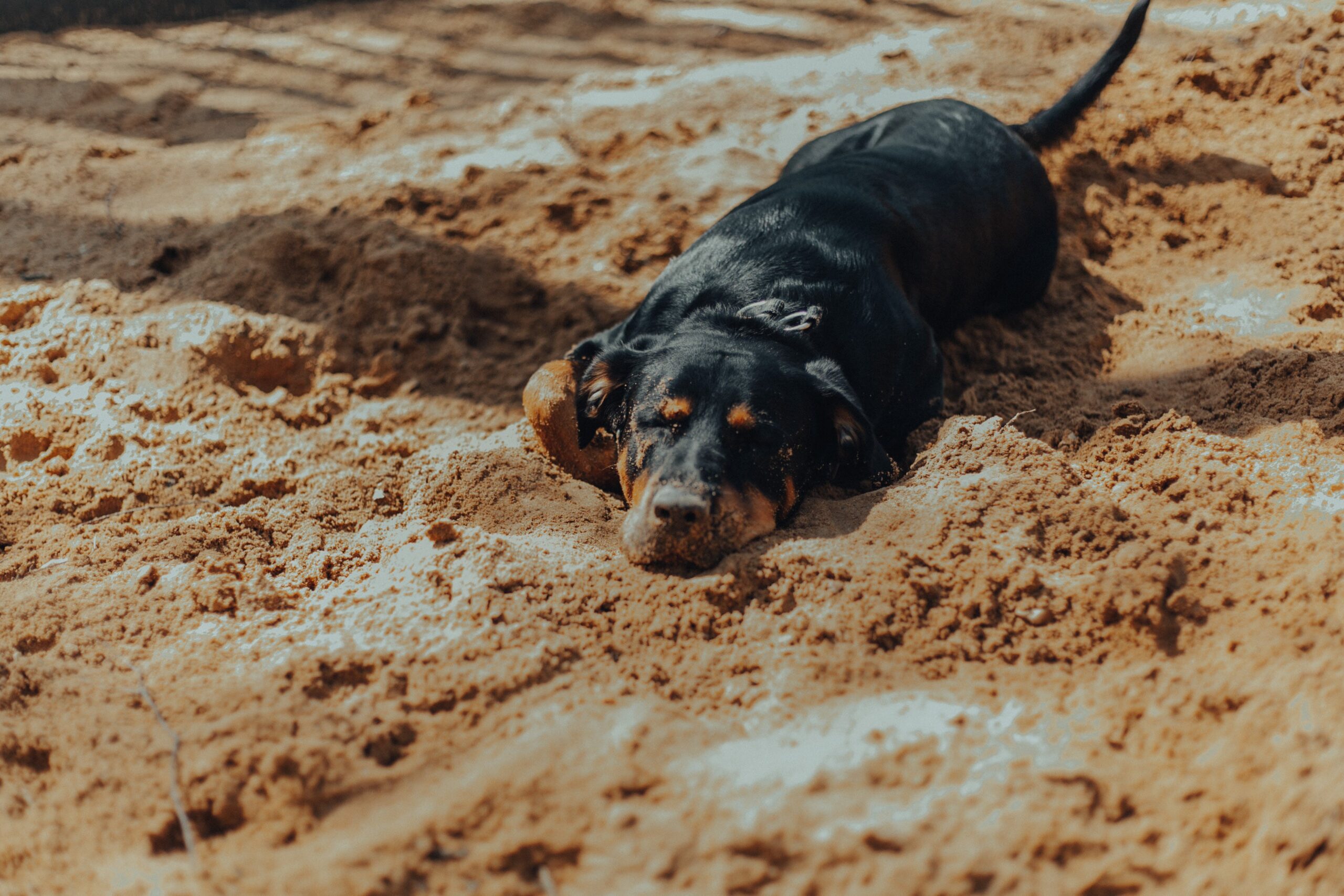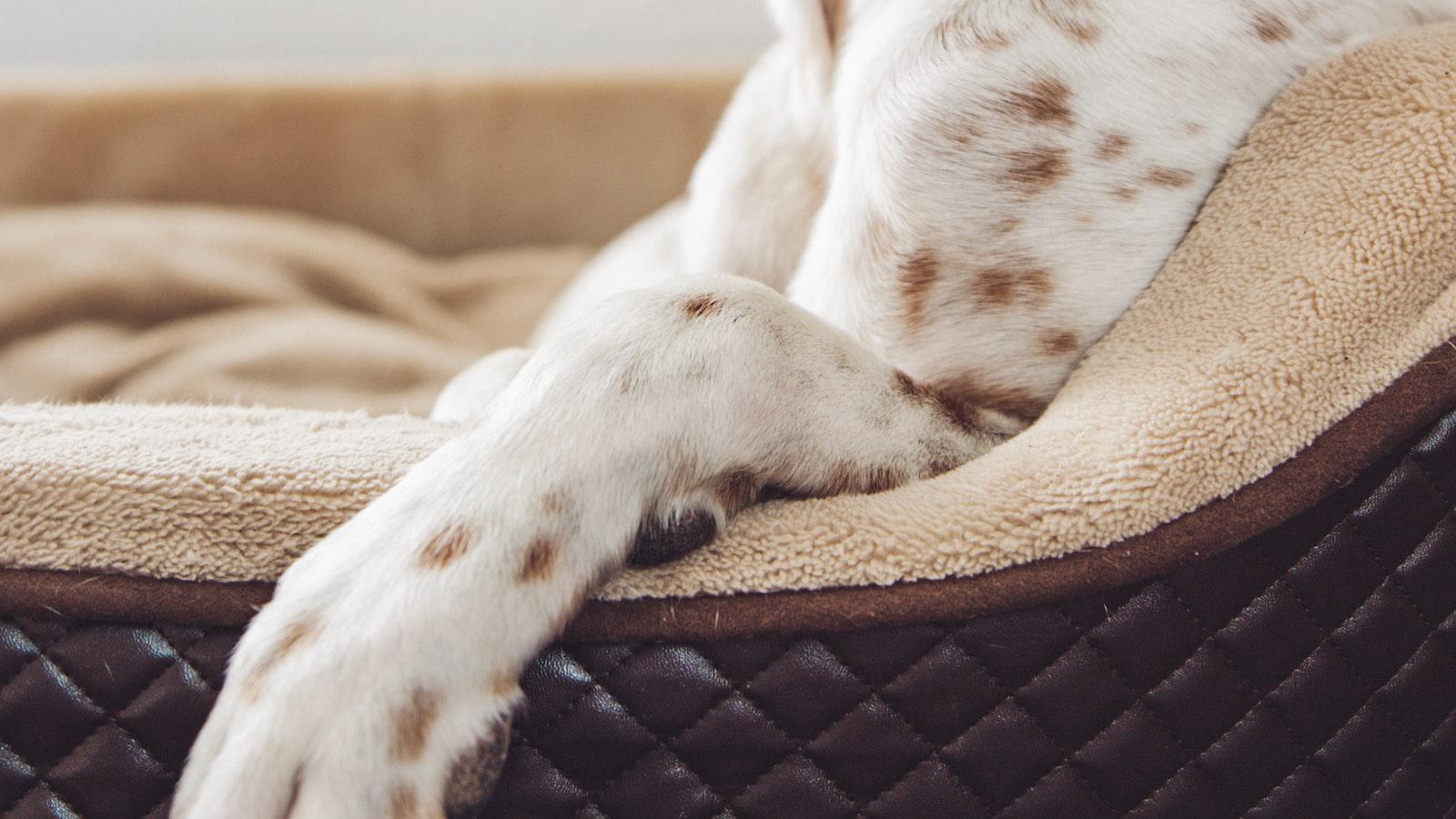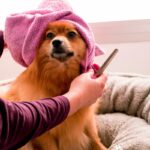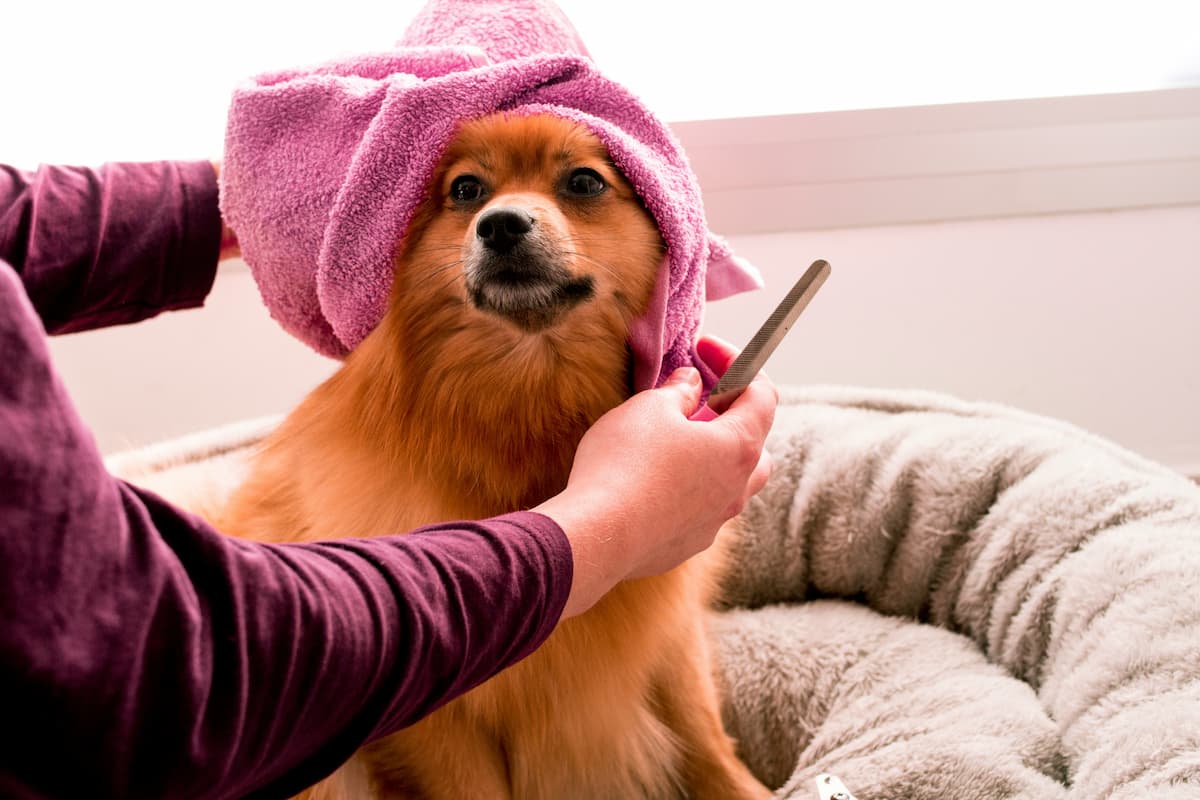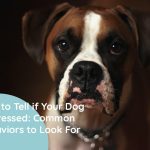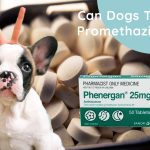Ever noticed your dog gnawing at a spot on their body after a hot day?
A spot where your pooches’ fur is replaced by a raw, red sore.
This ailment is certainly worrisome, which is why you should read on to learn more about the underlying causes behind their troublesome skin affliction and how to treat them.
Why Do Dogs Get Hot Spots: Understanding the Causes Behind this Common Skin Condition
One common skin condition that often plagues our furry friends is hot spots or acute moist dermatitis.
If you’ve ever wondered why these hot spots appear on your dog’s skin, you’re not alone.
Understanding the causes behind this irritating condition can help you prevent and treat it effectively:
- Allergies: Dogs can develop hot spots as a result of allergies, which can be triggered by various factors such as food, environmental irritants, or even parasites.
When their immune system overreacts to these allergens, it can lead to intense itching and irritation, prompting them to scratch or bite at the affected area.
This incessant scratching creates the ideal environment for a hot spot to develop, as the broken skin becomes the perfect breeding ground for bacteria.
- Moisture and Bacterial Infections: Dogs with long or dense coats are especially susceptible to hot spots due to moisture accumulation.
When moisture gets trapped on their skin, it creates the perfect breeding ground for bacteria, leading to hot spot development.
Factors like swimming, bathing, or even high humidity can contribute to this condition.
- Poor grooming habits: When a dog’s coat becomes matted or tangled, it can create the perfect breeding ground for bacteria and fungi.
These microorganisms thrive in warm and moist environments, worsening the irritation and inflammation that leads to hot spots.
Regular brushing, bathing, and grooming can help prevent the buildup of bacteria and keep your dog’s skin healthy and free from hot spots.
- Behavioral Issues: Dogs are prone to anxiety and stress, which can manifest in excessive licking, biting, or scratching.
This self-inflicted trauma can lead to hot spots.
Separation anxiety, boredom, or changes in routine can trigger these behavioral issues, so it’s important to provide your furry companion with proper mental stimulation, exercise, and a comforting environment.
In severe cases, professional behavior training or anxiety management techniques can be beneficial.
- Underlying conditions: Dogs with flea infestations, hormonal imbalances, or skin infections are more prone to developing hot spots.
Additionally, certain breeds with thick coats or wrinkled skin, like Bulldogs or Golden Retrievers, may be more susceptible to these irritating skin irritations.
Moisture and Heat: How Environmental Factors Contribute to Hot Spot Development
Environmental factors, such as moisture and heat, also play a significant role in the formation of hot spots.
Let’s start with moisture.
Dogs with thick fur are more susceptible to hot spots because their coats can retain moisture and create the perfect breeding ground for bacteria.
Whether it’s from swimming, bathing, or simply getting caught in the rain, excess moisture can seep into their fur and stay trapped against their skin.
This creates a warm, moist environment that bacteria love, leading to inflammation and eventually the development of hot spots.
Heat is another major contributor to hot spots. Just like us, dogs can get overheated, especially in warmer climates or during the sweaty summer months.
When a dog’s body temperature rises, they may itch and scratch to relieve the discomfort.
This repeated scratching can break the skin, leaving it vulnerable to infection.
Additionally, the sweat glands of dogs are located primarily on their paws, so excessive licking and biting at their feet due to heat can lead to hot spots in that area.
Relief is Possible: Expert Tips and Home Remedies for Soothing and Treating Hot Spots
Hot spots can be troublesome for dog owners.
But there’s good news – relief is possible! Here are some tips for treating and preventing hot spots.
When it comes to hot spots, prevention is key! Keeping your dog’s skin healthy and clean is vital in avoiding these pesky irritations.
Regularly grooming your dog, especially if they have a thick coat, can help remove dirt, debris, and potential irritating substances that may contribute to the development of hot spots.
Additionally, ensuring your dog is on a balanced diet that meets their nutritional needs can boost their immune system and keep their skin in tip-top condition.
Identifying and eliminating the allergen from your dog’s environment or modifying their diet can go a long way in preventing future outbreaks.
Keeping your dog clean and try is also essential.
Regular grooming is essential to remove any excess moisture from their fur.
This includes drying them thoroughly after swimming or bathing, as well as brushing their coat regularly to prevent matting.
It’s also crucial to provide a cool and well-ventilated environment for your furry friend, especially during hot weather.
If you notice your dog scratching or biting at a particular spot, intervene immediately to prevent a hot spot from developing.
If your dog has already developed a hot spot, don’t fret! There are several home remedies that can provide quick relief. One popular option is to apply a cold compress, such as a clean, damp cloth, to the affected area.
This can help reduce inflammation and alleviate itching.
Another effective remedy is the use of natural ingredients like aloe vera or chamomile.
These soothing substances can be applied topically to the hot spot to provide relief and aid in the healing process.
Remember, it’s important to keep your furry friend from further aggravating the hot spot.
Encourage them to refrain from scratching or licking the affected area by using an Elizabethan collar or covering it with a breathable bandage.
Additionally, you may consider using anti-itch sprays or ointments recommended by your veterinarian to help alleviate discomfort.
However, if the hot spot worsens or does not improve with home remedies, it is always best to seek professional advice and consult your veterinarian for proper diagnosis and treatment options.
With these expert tips and home remedies, you can soothe and treat your dog’s hot spots, providing them with the relief they deserve. Remember, patience and consistency are key when it comes to managing these skin irritations.
By taking proactive measures in prevention and utilizing natural remedies, you can help your furry friend stay comfortable, happy, and itch-free!
FAQ
Q: What exactly are hot spots, anyway?
A: Hot spots, also known as acute moist dermatitis, are those ugly, irritated patches of skin that make your poor pooch scratch like there’s no tomorrow.
They usually appear red, swollen, and ooze nasty fluids.
Q: Why do these hot spots develop in the first place?
A: Well, think of hot spots as the ultimate itch-scratch cycle.
They often start when your furry friend gets an itchy sensation from allergies, bugs, or even a small flea bite.
Unable to resist the temptation, your dog gives it a good old scratch, bite, or lick.
And before you know it, a small irritation turns into a full-blown hot spot!
Q: Do certain dog breeds have a higher risk of developing hot spots?
A: While any dog can fall victim to hot spots, some breeds are more prone to this irritating issue.
Dogs with thick coats, like Golden Retrievers, German Shepherds, and Saint Bernards, may be more susceptible due to limited airflow and increased moisture on their skin.
All that fluff can be a double-edged sword!
Q: Can environmental factors contribute to hot spot development?
A: Absolutely! Hot, humid weather or spending lots of time in the water can create the perfect storm for hot spots.
Moisture gets trapped against your pup’s skin, creating a breeding ground for bacterial growth.
Combine that with rubbing against grass or rolling around in the dirt, and you’ve got a recipe for trouble!
Q: Are there any other causes for hot spots?
A: Definitely! Stress, anxiety, and boredom can all lead to excessive licking or chewing, further worsening any existing irritation.
Poor grooming habits, such as matted fur or not drying your dog properly after a bath, can also increase the likelihood of developing hot spots.
Q: How can I prevent hot spots from occurring in the first place?
A: Prevention is key! Regular grooming sessions, especially during shedding seasons, can help remove loose fur and prevent matting.
Ensuring your dog’s coat remains clean and dry, particularly in warm and humid environments, can also minimize the risk.
Oh, and remember those pesky fleas? Keep your furry friend protected with flea prevention products!
Q: What should I do if my dog already has a hot spot?
A: Once you spot a hot spot, it’s crucial to act fast.
Start by gently cleaning the affected area with a veterinarian-recommended antiseptic solution, then keep it clean and dry.
If the hot spot doesn’t improve within a day or two, it’s essential to take your furry friend to the vet.
They may prescribe antibiotics, anti-inflammatory medication, or even recommend a cone of shame to prevent further licking and scratching.
Q: Can I relieve my dog’s discomfort while treating hot spots?
A: Absolutely! Giving your dog an e-collar or dressing the hot spot with a bandage can help prevent further irritation.
Additionally, soothing your pup’s discomfort with regular cool water compresses, using a vet-approved topical spray, or applying aloe vera can provide some much-needed relief.
Just remember, don’t use human medications without consulting your vet first!
Q: Are hot spots a permanent issue?
A: Thankfully, hot spots are usually temporary and can be treated effectively with proper care.
However, if you notice recurring hot spots or your pup’s condition worsens despite your efforts, it’s vital to consult with a veterinarian who can provide further guidance and determine the underlying cause.
Closing Remarks
While hot spots can be a nuisance for our furry companions, armed with knowledge, we can help prevent and manage them.
Remember, maintaining good hygiene, keeping your pups well-groomed, and providing them with a healthy diet can go a long way in keeping these hot spots at bay.
Regular check-ups with your veterinarian and a watchful eye for any signs of discomfort are also key in catching hot spots early.
So next time you notice your furry friend excessively scratching or chewing on a particular area, don’t panic! Take a deep breath, give your pup some extra love, and investigate the potential triggers.
Whether it’s summer heat, allergies, parasites, or even just boredom, we now know that hot spots have many possible origins.
As with any health concern, it’s important to consult a professional if you have any doubts or concerns about your pup’s well-being.
Remember, your veterinarian is always there to lend a helping hand and guide you through these situations.
So grab a frisbee, chase your dog around the yard, and enjoy the wonderful bond you share.
Armed with this newfound knowledge, you can now confidently embrace your role as your furry friend’s protector and advocate, always striving to keep those hot spots at bay.


